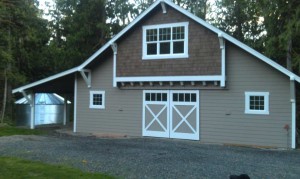 Whether your rainwater collection system consists of simple rain barrels or whole house potable usage, maintenance of your system is essential to its successful operation. Simple tasks will keep clean water flowing for years to come with little effort.
Whether your rainwater collection system consists of simple rain barrels or whole house potable usage, maintenance of your system is essential to its successful operation. Simple tasks will keep clean water flowing for years to come with little effort.
Here are tips for how to maintain a rainwater collection system:
- Gutters should be kept free of leaves and pine needles so as not to create tannins or discoloration of the water.
- If possible, cisterns should be placed in a shady area so as not to promote algae growth. A screen basket at the entrance of the cistern to keep debris from entering should be cleaned as needed.
- If a sump tank is used for transferring water to cisterns, periodic cleaning will help keep the water in the cistern cleaner.
- Any PVC pipe should be painted for UV protection and protected from freezing.
- Filtration elements should be changed as needed with canisters cleaned at time of changing elements.
- If the system is for potable use, the UV bulb should be changed per manufacturers recommendations.
- Shocking the system with chlorine during UV change will help keep the plumbing lines disinfected.
- Finally, keeping a log of maintenance will help keep a schedule of your tasks.
You can Click Here to download a free copy of RainBank’s recommended maintenance schedule.

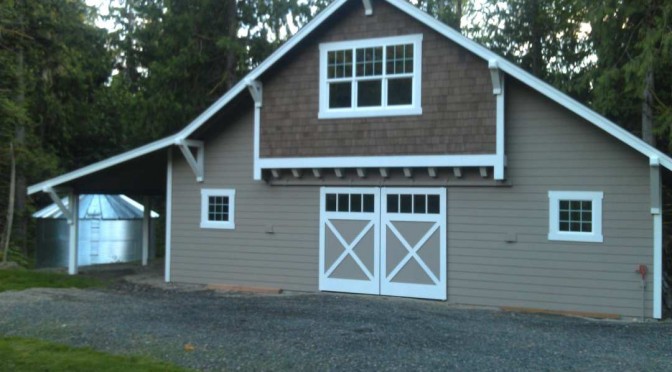
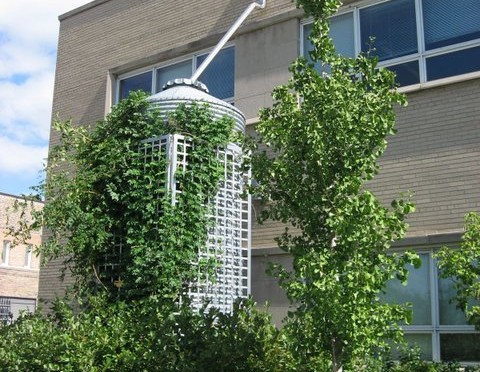
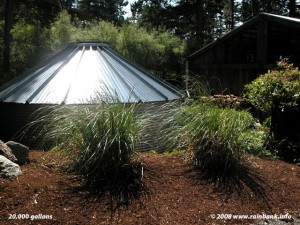 A study by the American Water Works Association to determine end use of water in 100 single family homes was conducted back in 1999. Even though the study is dated, it is a good indicator of average single family usage with regard to rainwater collection.
A study by the American Water Works Association to determine end use of water in 100 single family homes was conducted back in 1999. Even though the study is dated, it is a good indicator of average single family usage with regard to rainwater collection.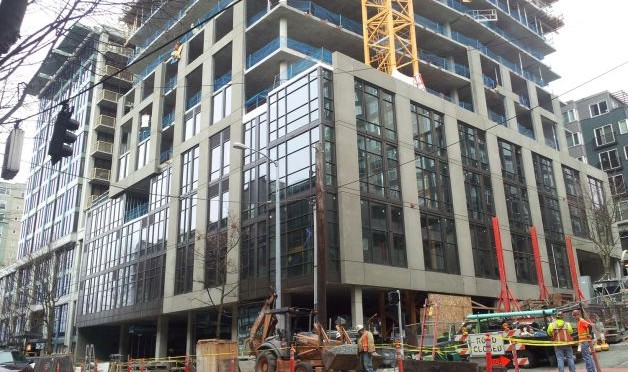
 As anyone who lives in Seattle can see, there is a massive amount of rental construction happening. With the growth of the South End of Lake Union and the Ballard area, over 23,000 units are expected to be added in the next few years.
As anyone who lives in Seattle can see, there is a massive amount of rental construction happening. With the growth of the South End of Lake Union and the Ballard area, over 23,000 units are expected to be added in the next few years.